I saw this infographic last night on my twitter feed and I believe it speaks volumes about the importance of teaching computer science to students starting in the elementary grades (or lower school). I realize that many people continue to be skeptical about the need for EVERYONE to learn to "code". However, while we may use the word "code" to describe the process of writing computer programs, it is much more than that. "Coding" aka computer science is about creative problem solving, critical thinking and innovation. Very important skills for ALL of our students that will prepare them for life in the 21st century and beyond. So next time your child wants to play a video game, encourage them to "code" instead!
Thanks to
Kodable for the infographic!
Please include attribution to Kodable with this graphic.

The fifth graders continued their exploration of what constitutes a computer. Working in groups of three or four Mrs. Mitzenmacher's class (10-22-2013) and Mrs. Mannering's class (10-23-2013) created a list (from items in the computer class room) that either - Were Computers, Might be Computers, or Definitely NOT Computers. The students made some pretty insightful observations.
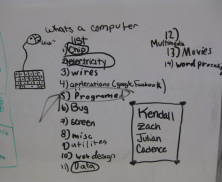
Mr. Kass' class spent time today thinking about the characteristics of a computer. The students wrote their observations on the board. Together we examined the traits, and determined that the following items are what makes an object a computer:
- Contains a chip/microprocessor
- Has memory
- Has a source of power
- Follow commands
- Processes Data
For the past four weeks the 5th graders worked diligently on their Dots for World Dot Day. I was finally able to combine all of their dots (over 125) into one project. The finished program is amazing. I encourage you to take a look.
Some of the students have already begun exploring Scratch on their own. We will revisit Scratch through out the year. They will learn some pretty amazing things. I can't wait to share them with you. Make sure to check back often!
The students in Mrs. Mitzenmacher's class have been working on the divisibility rules over the last couple of weeks. To help them share their understanding of the concepts, the students (working in pairs) were given the opportunity to create a Scratch program demonstrating the appropriate rules.
Each team's program needed the following components:
- The computer would generate a random number (between 1 - 100)
- The code would include a series of IF or IF-ELSE statements.
- The program needs to display the appropriate answer (i.e.. Divisible or Not Divisible)
To introduce the concept (of IF-THEN statements), I read the short-story to the students ,
Computational Fairy Tales - Learning IF-THEN-ELSE the hard way. 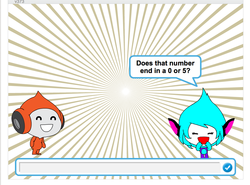
Ann had learned the value of IF-ELSE statements at a very early age. When she was only three years old, she was given VERY strict instructions from the castle's head chef NOT to randomly eat things in the kitchen. Specifically, she was told:
IF the food is on the 'finished' table
You can eat it.
ELSE
Do not eat it.
Of course, as any three year old is bound to do, Ann ignored these instructions. She would sneak into the kitchen and eat pieces of fruit off of the chef's prep table. Each time that the chef caught her, he would give her a lecture about obeying the IF statement. His lectures would last a full ten minutes and include at least one remark about "kids these days". Ann enjoyed listening to him describe the branching logic of the IF statement almost as much as she enjoyed sneaking fruit. In fact, some days she even made sure that she was caught so that she could listen to his rants. ........
Finished Project:


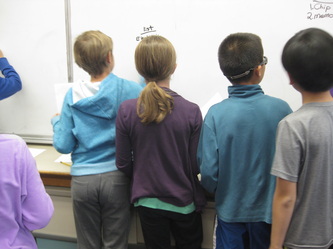
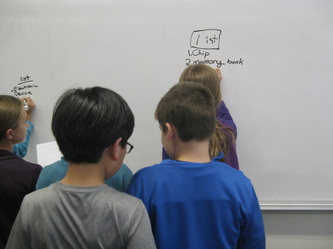

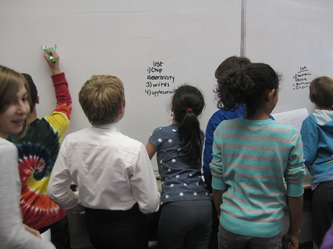
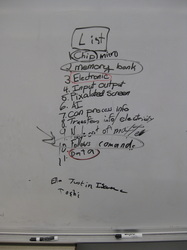
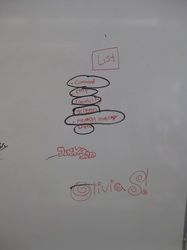

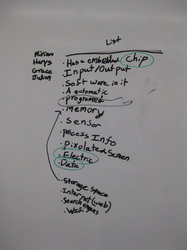

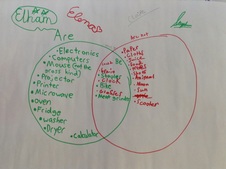


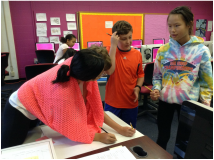
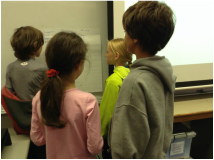
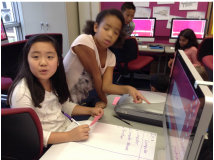
 RSS Feed
RSS Feed